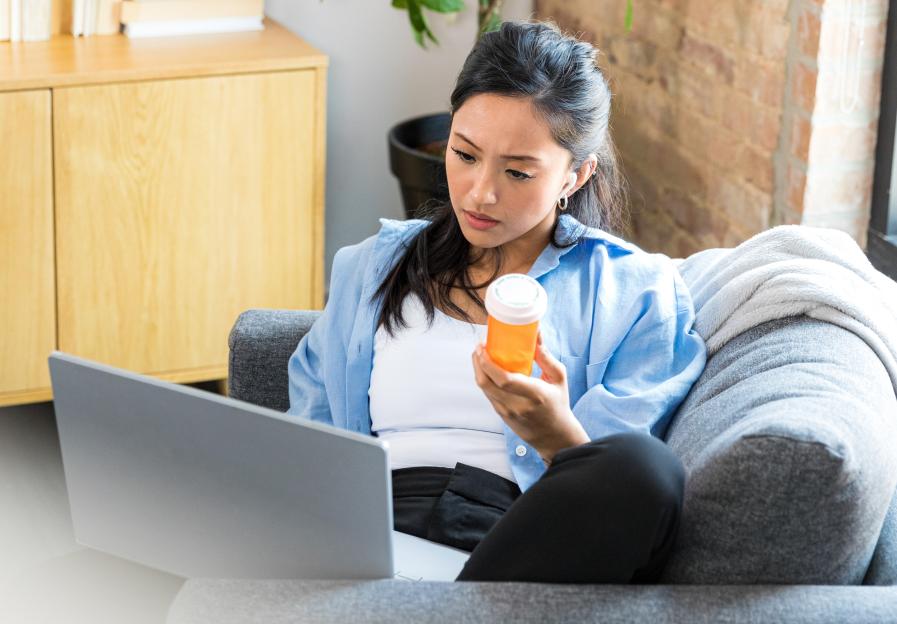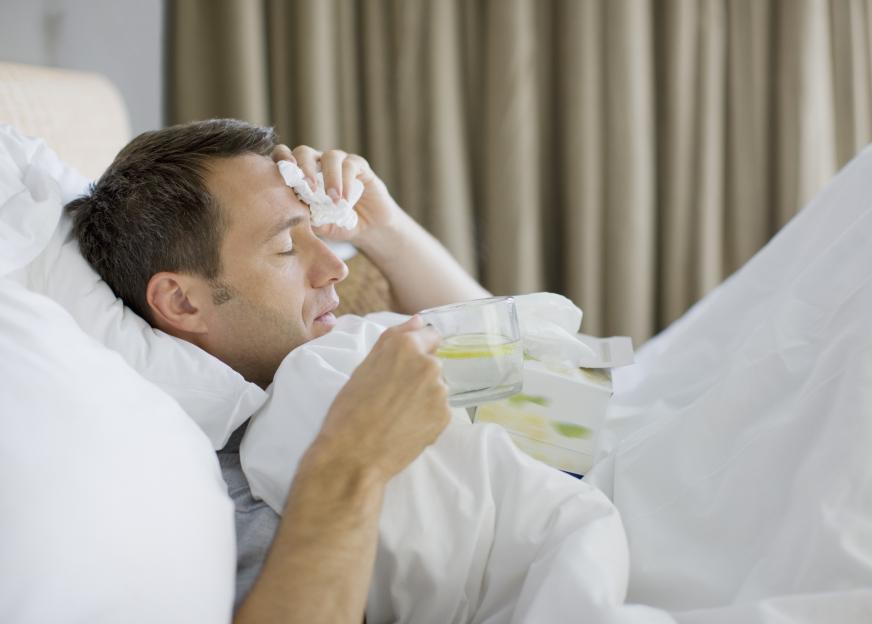Thousands of UK pharmacies are FAKE and selling mislabelled toxic substances – from pesticides to animal tranquillisers
Published on August 18, 2025 at 11:25 AM
Estimated Read Time:

MORE than 5,000 fake pharmacy websites are operating in the UK selling medicines containing potentially deadly substances, a report has revealed.
Customers buying products to do with sexual health , hormone therapy, erectile dsyfunction and weight loss have been their target.
 Many people looking for medications online are falling for PharmaFraud, according to a new report
Many people looking for medications online are falling for PharmaFraud, according to a new report
The new report found many are at risk of losing their money, personal data or worse by using these sites, that are being generated by a gang of cybercriminals using AI.
Dubbed ‘PharmaFraud’, the operations use a range of tactics like injecting malicious code into medical websites, manipulating search results, deploying AI -generated health blogs and fake reviews.
Fake sites were found to deliver convincing looking items with forged labels and fake expiration dates for products like Ozempic or Viagra .
And URLs such as mydiscountpills.eu and 77pharmacy were outed as fraudulent, with the sites posing as convincing imitations with polished layouts, bogus customer service information, and detailed product pages.
Avast, a cyber safety brand of Gen, said in 2025 so far, it has blocked more than a million attacks from these sites against its customers.
Siggi Stefnisson, cyber safety chief technology officer for Avast, said: “Cyber threats are now smarter, faster, and more personal.
“PharmaFraud is a perfect example of how cybercriminals think – they want to prey on people who are vulnerable, feeling desperate, or generally in need. In many cases, people looking for medications online can fall into that bracket.
“That’s why awareness and vigilance are critical.”
According to the report, these fake pharmacies primarily target people looking to protect their privacy when buying certain products, such as those related to sexual health and hormone therapy.
People looking for fast results through weight loss medication – or those simply looking to try out more affordable products – are also targeted.
At best, buyers would receive counterfeit drugs that contain no active ingredients, but at worst, could include heavy metals, animal tranquillisers or contaminated stock.
The report also revealed tricks regularly relied upon by scammers such as hijacking legitimate sites, manipulating search engines to push their sites to the top and using AI to generate ‘health blogs’, five-star reviews and even provide customer support.
Taking payments via crypto and unsecured checkout forms were other methods used.
Recommended precautions to avoid being a victim included only using UK registered pharmacies, looking for the official pharmacy logo on the website and looking for real customer service information.
And any legitimate site will require you to have a prescription.
Laura Wilson, director at the Royal Pharmaceutical Society, said: “These medicines may be out of date, substandard or contain dangerous substances.
“Websites that offer prescription only medicines without a prescription are acting illegally.
“Only use online pharmacies that are registered with the pharmacy regulator, The General Pharmaceutical Council.
“Always check an online pharmacy has a verified UK address, contact number and the official registered pharmacy logo which links to the regulator’s website.”
TO spot counterfeit medication, be vigilant about packaging, especially the label and any security features, and compare it to your usual medication.
Look for inconsistencies like poor quality printing, spelling errors, or missing information.
Also, be wary of suspiciously low prices or offers of prescription-only medication without a prescription.
Here’s what you can do…
PACKAGING
Compare packaging
If you’ve used the same medication before, compare the packaging to the new one. Look for any differences in colour, font, or printing quality.
Check for security features
Some medications have security features like holograms or color-shifting inks. See if these are present and appear genuine.
Inspect for damage
Check for any signs of tampering, such as broken seals, torn packaging, or damage to the container.
Looking for missing information
Ensure the packaging includes the patient information leaflet, the “UK Only” label, and that the active ingredient(s) are listed.
MEDICATION
Taste, smell, and appearance
Be suspicious if the medication has a strange taste, odour, or a colour that is different from what you’re used to.
Texture and consistency
Counterfeit tablets may be crumbly or easily break apart.
Compare to previous medication
If you’re familiar with the medication, compare its size, shape, colour, and texture to your usual medication.
OTHER RED FLAGS
Suspiciously low prices
Be cautious of medicines that are significantly cheaper than usual.
Offers without a prescription
Avoid buying prescription-only medication from sources that don’t require a valid prescription.
Unfamiliar or untrustworthy sources
Be wary of buying medication online from websites that are not registered pharmacies or from sellers who are not legitimate.
IF YOU SUSPECT COUNTERFEIT MEDICINE
Report it
Report any concerns to the relevant authorities, such as the Medicines and Healthcare products Regulatory Agency (MHRA) . You can contact the MHRA’s counterfeit hotline or report it online, according to the NHS.
Don’t use it
If you have any doubts, do not take the medication and seek advice from a healthcare professional.






